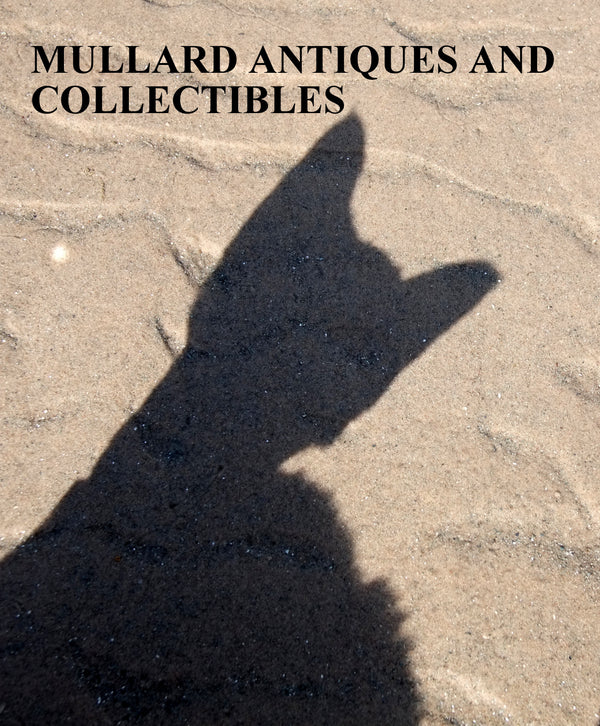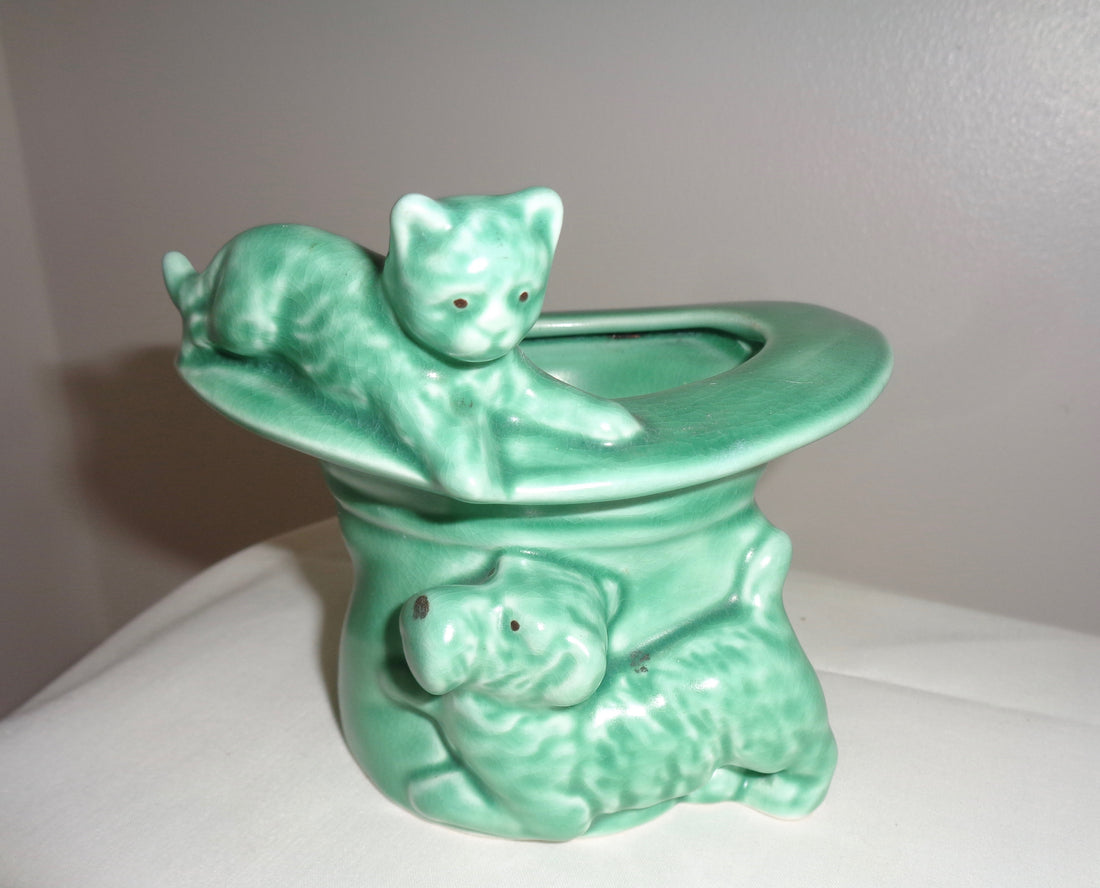
A Short Overview Of SylvaC Pottery
A Short Overview Of SylvaC Pottery
For those of you whom are regular readers of my blog, you are probably now all aware of the fact that I love pottery! Over the years I have acquired many pieces from vases to ornaments, to whole tea and dinner services. I don’t just collect one manufacturer or style; it tends to be a mixture of things that appeal at the time of purchase. Some things were given as gifts by now, sadly, deceased relatives and these items have sentimental value; a contact with the past and a loving memory. Others appeal because of their colour or style.
One of the pottery manufacturers which I do admire is SylvaC Pottery, and I have collected several pieces over the years. One or two pieces I will never part with just because I love them so much! It’s not that they are all worth a small fortune; SylvaC is increasing in value but you can still pick up the more common models for below £20. It’s just that they are unusual but still immediately identifiable as SylvaC.
SylvaC Pottery:
The company, Shaw and Copestake (SylvaC) was founded in 1894 by William Copestake and William Shaw, in Longton, Stoke-On-Trent, Staffordshire. Copestake left in 1895 and Richard Hull became Shaw’s partner, and was joined by Hull’s son (Richard Junior) in 1936.
The trade name SylvaC wasnt registered until 1937. Pieces prior to this date were not marked SylvaC. Some were marked ‘Silvo.’
In 1938, the partners bought Thomas Lawrence Falcon pottery. The name ‘Falcon ware’ was used for pieces produced at both the Falcon and Sylvan (SylvaC) works until 1964. SylvaC continued to thrive as Shaw and Copestake until 1982 when it went into voluntary liquidation.
SylvaC are famous for their figurines of animals; in particular rabbits and dogs, but they also produced a wide range of novelty and character wares too.
Animals


Imps/ Gnomes/ Pixies
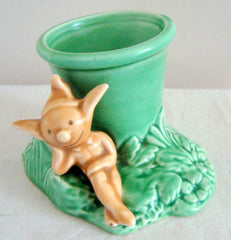
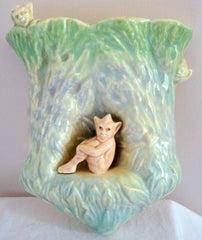
Most of us remember SylvaC in the orange and green matt glazes but they actually used quite a range of colours. Gloss glaze was introduced in 1970.

They were also well know for their Dinnerware e.g. pots in the shape of vegetables with faces, and Toby/ Character Jugs, which were popular commemorative and advertising pieces.

Backmark
During the 1920s/ 30s, SylvaC used a daisy wheel logo without the brand name ‘SylvaC’ and some of the very early pieces, pre 1920, were not marked at all!
Post 1937, SylvaC began using a more distinctive back mark, which usually included the model number and, post 1938, the SylvaC brand name, thus making SylvaC pieces considerably easier to identify and value. The company also used foil and paper stickers with the SylvaC logo but these had a habit of falling off!
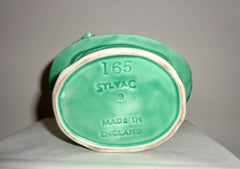
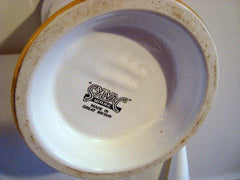
The brand name SylvaC is still in existence today, and some of the vintage pottery has started to be reproduced with similar backmarks.
I hope you have enjoyed my short overview of SylvaC pottery. You may not know the name but I am sure you will have seen some of these wonderful pieces!
Please click on the following link for SylvaC and Falconware pottery products for sale.
